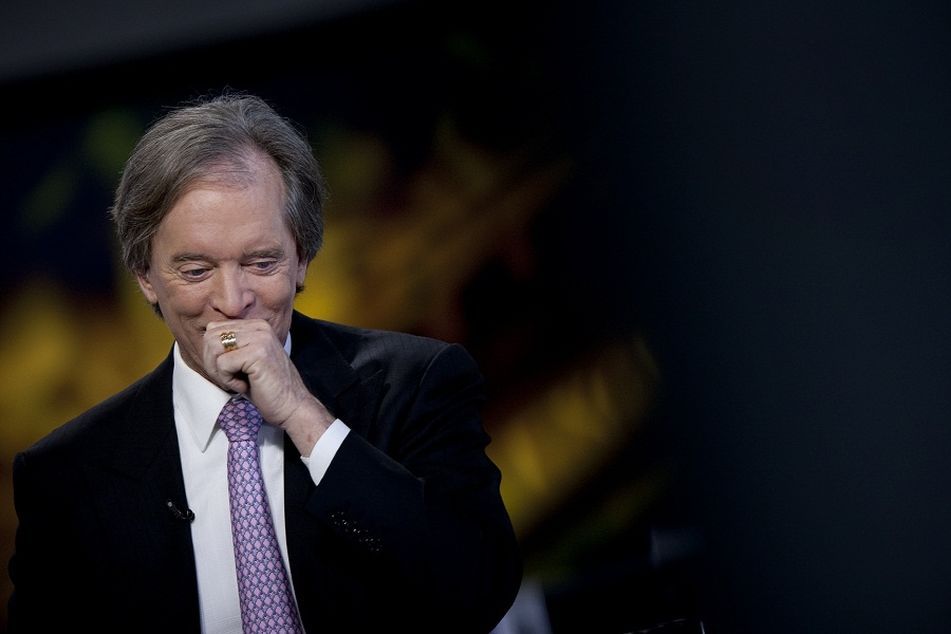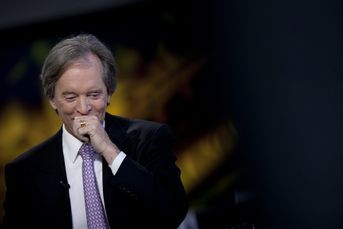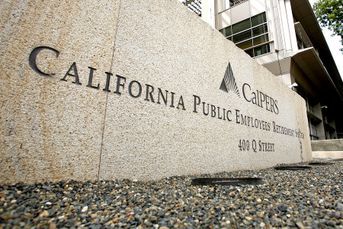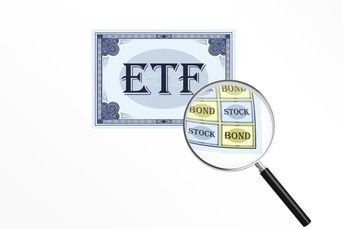Pimco on the mend but still feeling impact of Gross exit a year later

The Newport Beach, Calif., firm's net assets were $1.15T on June 30, down 21% from Sept. 30, 2014, just days after the Bond King left after clashes with portfolio managers and senior management over investment results.
A year after Pimco co-founder and Chief Investment Officer William H. Gross walked out the door, the firm remains in recovery mode.
It continues to rank as one of the world’s largest money managers, but it’s still smarting from the so-called Bond King’s departure, reputation-wise as well as in terms of assets under management.
The Newport Beach, Calif., firm’s third-party net assets not associated with Pimco parent Allianz SE of Munich were $1.15 trillion on June 30, down 21% from Sept. 30, 2014, just days after Mr. Gross left after clashes with portfolio managers and senior management over investment results.
All indications are the declines will have continued when third-quarter 2015 numbers are released. While the rate of net outflows has slowed from earlier this year, the Total Return Fund, which Mr. Gross managed, had $1.8 billion in net outflows in August and $2.5 billion in July, Pimco said.
Since Mr. Gross left on Sept. 26, 2014, to join the much-smaller Janus Capital Group as a portfolio manager, the Total Return Fund has dropped from about $200 billion in assets to slightly less than $100 billion as of Aug. 31. At its peak in April 2013, the fund held $293 billion in assets, earning it the distinction of being the world’s largest bond fund.
(More: Investors pull another $1.8 billion from Pimco Total Return)
MUCH GREATER DAMAGE
The damage to Pimco, which reached a peak in assets under management of $1.97 trillion as of June 30, 2014, has been much greater.
There also have been net outflows in institutional separate accounts invested in a strategy similar to the Total Return Fund, the core-plus total return full authority strategy.
About $182 billion was invested in those accounts as of June 30, the latest period tracked by Morningstar Inc., down from $326 billion as of Oct., 1, 2014, said Michelle Swartzentruber, a Morningstar senior research analyst in Chicago.
The much smaller Pimco Unconstrained Bond Fund, which Mr. Gross also managed, had $7.8 billion as of Aug. 31, down from $18.2 billion as of Sept. 30, 2014. Institutional separate accounts around that strategy had even bigger asset losses, standing at $8.5 billion in assets as of June 30, down from $36.5 billion as of Oct. 1, 2014, according to Morningstar data.
Consultants say the road back for Pimco won’t be smooth. Even as the Total Return Fund has improved performance and installed a new investment team, many consultants still are advising institutional clients to stay away.
(More: Advisers who fled Pimco Total Return pay a price in 2015)
Matthew Porter, a principal and director of research analytics, at consulting firm DiMeo Schneider & Associates, said the Total Return Fund is not on the firm’s recommend list. He said he wants to watch fund performance over the next few quarters as well as monitor the overall stability of Pimco before making a reassessment.
“When you see $200 billion go out of the door in one fund that gives us concern,” he said. “We want to hit the pause button and see how things work out.”
Daniel J. Ivascyn, Pimco’s group chief investment officer who took on that role when Mr. Gross left, cited the firm’s strength in a written reply to a request for comment.
“Pimco continues to generate strong outperformance across its portfolios so far this year and has inflows to more than 40 strategies, including the Pimco Income Fund, but our primary focus is on sustaining that performance over the long-term for our clients and investors.”
MISSES INDEX
Morningstar data show the Total Return Fund posted results of 1.63% compared with Barclays Aggregate bond index of 2.012% for the period between Sept. 27, 2014, and Sept. 15, 2015. Despite underperforming the index, the fund was in the 30th percentile, beating 70% of its 293 competitors in the intermediate bond category, the data show.
That’s still an improvement over the final months under Mr. Gross’ direction. Between May 1, 2013, the month when the Total Return Fund began to retreat from its peak, and Sept. 25, 2014, the fund returned -0.32% compared with the benchmark’s 0.75%.
Morningstar data put the Pimco Total Return Fund in the 87th percentile, beating only 13% of competing funds during that period.
Mr. Gross declined a request for an interview.
Mr. Porter of DiMeo Schneider said his firm wants to ensure that Pimco is headed in the right direction and key personnel stay in place.
“Layoffs are certainly something we’re concerned about,” he said. “When you build the infrastructure for a $2 trillion organization and you lose assets, you wonder how it will affect the organization.”
Allianz Chief Financial Officer Dieter Wemmer said in a conference call with analysts on Aug. 8 that Allianz has no plans to shrink Pimco, despite declining operating profit from its U.S. affiliate.
Between Jan. 1 and June 30, Pimco reported an 823 million euro operating profit, down 29% from the first six months of 2014 because of large net outflows.
Mr. Gross had been a key face of the firm he co-founded for four decades and for much of that time Pimco grew its asset based on top-tier performance, led by the Total Return Fund.
But arguments between Mr. Gross and key lieutenants over sagging investment performance in the Total Return Fund accelerated in his final year. Those arguments led to the resignation of Pimco co-CIO and CEO Mohamed El-Erian in January 2014 and a plan by Pimco management to fire Mr. Gross. Mr. Gross resigned days before he was to be terminated.
Mr. Wemmer said during the conference call that Allianz plans to keep Pimco’s management team in place and said “portfolio performance and customer service come first, and then the other things come second.”
In a statement provided to Pensions & Investments, Jay Ralph, a board member of Allianz SE, Asset Management, U.S. Life Insurance, said: “We believe in the company and its management. We should see continuous and further improvement in the coming quarters. The leadership team has done a great job managing client communications and flows — which by the way are in line with markets. Investment results are excellent, the company invested into service and marketing.”
Additionally, in the last few months, Pimco has brought on former Federal Reserve Chairman Ben Bernanke as an economic consultant and rehired several portfolio managers who left after Mr. El-Erian’s departure.
STILL A PLAYER
To be sure, many of Pimco’s other strategies remain on the recommended list of consultants.
With more than 60% of its assets classified as institutional, Pimco continues to manage hundreds of billions of dollars on behalf of pension plans, endowments and foundations in a variety of fixed-income strategies.
Phillip Schmitt, a senior research associate at consulting firm Verus Investments in Seattle, said his firm recommends Pimco global bonds and emerging market strategies to investors because the firm likes their investment teams and track records. But Verus is advising clients to look beyond the Pimco Total Return Fund and consider core-plus strategies from other managers.
He said Verus continues to evaluate the fund on a quarterly basis, but that more time is needed to monitor its performance under a new investment team headed by Scott Mather.
One major consulting firm that has cleared the way for investments in the Total Return Fund is Aon Hewitt Investment Consulting.
The firm does not publicly disclose manager recommendations but a source familiar with its operations said it started recommending the Total Return Fund again in July. The source said the consultant’s staff became comfortable with the new investment team and was encouraged by improved performance.
The total return strategy still has supporters, including the $2.25 billion City of Phoenix Employees’ Retirement System. Performance improved steadily for the system’s $149 million separate account, said Greg Fitchet, the fund’s investment manager.
Mr. Fitchet said he is impressed with the new investment team and the overall quality of Pimco portfolio managers.
He said the conflict between Mr. Gross and other staffers had made Pimco a tense place to work. “Now that the squabbling at the top is gone, it is a happier workplace,” he said.
Randy Diamond is a reporter at sister publication Pensions & Investments.
Learn more about reprints and licensing for this article.






